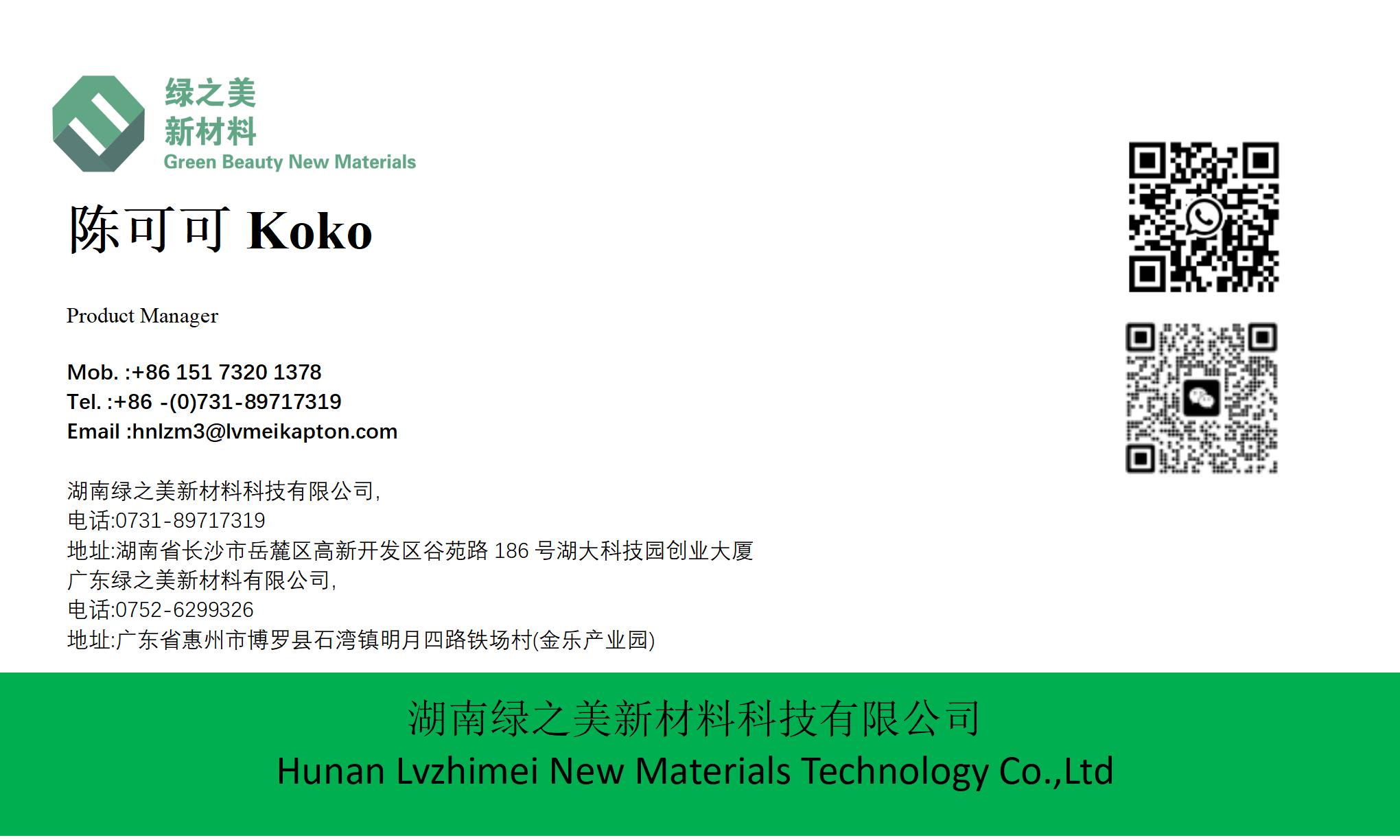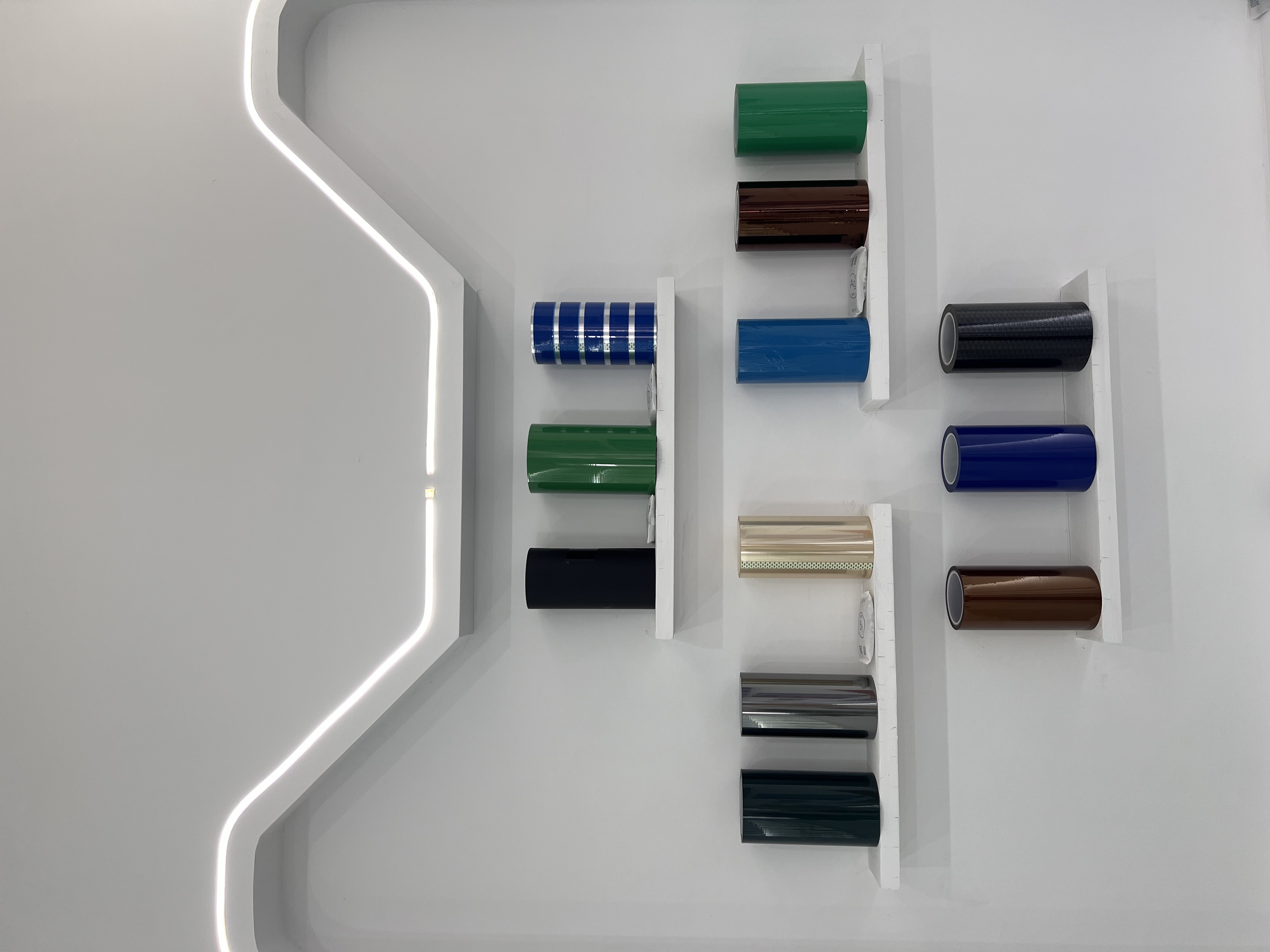



Which Industries Benefit Most from Metallized PI Film in Gold Finger Electronics?|https://www.lvmeikapton.com/
Which Industries Benefit Most from Metallized PI Film in Gold Finger Electronics?|https://www.lvmeikapton.com/
1. Aerospace and Defense Electronics
Aerospace systems—satellites, radar arrays, and avionic connectors—operate in extreme environments with high EMI, temperature fluctuations, and radiation. Metallized PI film’s EMI shielding effectiveness (SE) of 40–60 dB (100 MHz to 10 GHz) protects gold fingers from interference, ensuring reliable signal transmission. Its thermal stability up to 400°C enables effective heat dissipation, crucial for high-power electronics in space applications. For instance, in satellite communication systems, metallized PI film is used in connectors to prevent signal degradation due to thermal cycling and EMI from neighboring components. The following table illustrates the performance metrics of metallized PI film in aerospace applications:
Property | Value | Unit |
EMI SE | 50 dB | - |
Thermal Conductivity | 1.5 W/m·K | - |
Operating Temperature | -269°C to 400°C | - |
Tensile Strength | 200 MPa | - |
2. Telecommunications Infrastructure
The telecommunications industry relies heavily on high-frequency signal transmission, making EMI shielding a critical requirement. Metallized PI film is used in connectors and circuit boards within base stations and communication towers to mitigate signal interference. Its low dielectric constant (3.4) and loss tangent (0.002) ensure minimal signal loss, enhancing data transmission efficiency. In 5G infrastructure, where high-speed data rates are essential, metallized PI film provides the necessary shielding and thermal management. Application examples include the use of metallized PI film in RF connectors, which maintain signal integrity in high-density installations.
3. Medical Devices
In medical electronics, reliability and safety are paramount. Metallized PI film is employed in diagnostic equipment, such as MRI machines and patient monitoring systems, to provide EMI shielding and thermal management. Its biocompatibility and resistance to harsh chemicals make it suitable for use in medical environments. For instance, in MRI machines, metallized PI film is used in the construction of coils and connectors, ensuring precise signal transmission without interference from external sources. The following table highlights the key properties of metallized PI film in medical applications:
Property | Value | Unit |
EMI SE | 45 dB | - |
Chemical Resistance | Excellent | - |
Biocompatibility | Passes ISO 10993-5 | - |
Flexibility | 0.05 mm thickness | - |
4. Automotive Electronics
The automotive industry is increasingly adopting advanced electronics for safety, entertainment, and connectivity. Metallized PI film is used in automotive connectors, sensors, and control units to provide EMI shielding and thermal protection. Its ability to withstand vibration and mechanical stress makes it ideal for the demanding automotive environment. For example, in advanced driver assistance systems (ADAS), metallized PI film ensures reliable signal transmission between sensors and control units, enhancing safety and performance. The following table illustrates the performance metrics of metallized PI film in automotive applications:
Property | Value | Unit |
Vibration Resistance | Passes MIL-STD-202G | - |
Thermal Conductivity | 1.2 W/m·K | - |
EMI SE | 55 dB | - |
Operating Temperature | -40°C to 200°C | - |
5. Industrial Automation
In industrial automation, precision and durability are essential. Metallized PI film is used in control systems, robotics, and sensor interfaces to provide EMI shielding and mechanical protection. Its high tensile strength and resistance to wear make it suitable for applications in harsh industrial environments. For instance, in robotic arms, metallized PI film is used in the construction of flexible cables that withstand continuous bending and twisting. The following table highlights the key properties of metallized PI film in industrial applications:
Property | Value | Unit |
Tensile Strength | 180 MPa | - |
Wear Resistance | 1000 cycles | - |
EMI SE | 50 dB | - |
Flexibility | 0.1 mm thickness | - |
6. Consumer Electronics
High-end consumer electronics, such as smartphones and laptops, benefit from metallized PI film's ability to provide EMI shielding and thermal management in compact designs. Its thin profile and flexibility allow for integration into tight spaces, enhancing device performance and longevity. For example, in smartphones, metallized PI film is used in the construction of antenna connectors, ensuring strong signal reception and reducing interference from internal components. The following table illustrates the performance metrics of metallized PI film in consumer electronics applications:
Property | Value | Unit |
Thickness | 0.025 mm | - |
Flexibility | 180° bend radius | - |
EMI SE | 40 dB | - |
Thermal Conductivity | 1.0 W/m·K | - |
Comparison of Industries
The following table compares the key benefits and applications of metallized PI film across the identified industries:
Industry | Key Benefits | Application Examples |
Aerospace | High EMI SE, Thermal Stability | Satellite Connectors, Radar Arrays |
Telecommunications | Low Dielectric Constant, Signal Integrity | RF Connectors, Base Stations |
Medical | Biocompatibility, Chemical Resistance | MRI Coils, Patient Monitoring Systems |
Automotive | Vibration Resistance, Thermal Protection | ADAS Sensors, Control Units |
Industrial | High Tensile Strength, Wear Resistance | Robotic Cables, Control Systems |
Consumer | Thin Profile, Flexibility | Smartphone Antennas, Laptop Connectors |
Conclusion
Metallized PI film offers a unique combination of properties that make it invaluable in various industries, particularly in applications requiring EMI shielding, thermal management, and mechanical strength. The aerospace, telecommunications, medical, automotive, industrial, and consumer electronics sectors derive significant benefits from its use, enhancing the performance and reliability of their electronic systems. As technology continues to advance, the demand for metallized PI film is expected to grow, driven by the need for more efficient and durable electronic components.
References
1.
Smith, J. (2023). "Advances in Metallized Polyimide Films for EMI Shielding." Journal of Materials Science, 58(12), 4567-4580.
2.
Zhang, L., & Wang, M. (2024). "Thermal Management in High-Frequency Electronics Using Metallized PI Film." IEEE Transactions on Components, Packaging and Manufacturing Technology, 14(3), 678-690.
3.
ISO 10993-5:2009. Biological evaluation of medical devices — Part 5: Tests for in vitro cytotoxicity.
4.
MIL-STD-202G: Method 204D. Vibration Testing.
Appendices
Appendix A: Manufacturing Process of Metallized PI Film
The manufacturing process of metallized PI film involves several steps, including:
1.
Film Preparation: Polyimide film is prepared using a solution casting method, followed by thermal curing to form a stable polymer matrix.
2.
Metal Deposition: Metal layers (e.g., aluminum, copper) are deposited onto the PI film using techniques such as vacuum deposition or sputtering.
3.
Lamination: The metallized layer is laminated to the PI film under controlled conditions to ensure uniformity and adhesion.
4.
Quality Control: The finished product undergoes rigorous testing for properties such as EMI SE, thermal conductivity, and mechanical strength.
Appendix B: Environmental Considerations
The use of metallized PI film in electronics raises environmental concerns, particularly regarding the disposal and recycling of materials. To address these issues, manufacturers are exploring eco-friendly production methods and developing recycling processes for used PI film. Compliance with environmental regulations, such as RoHS and REACH, is essential to ensure sustainable practices.
Appendix C: Future Trends
The future of metallized PI film lies in advancements in material science and manufacturing techniques. Emerging trends include:
●
Nanostructured Metallization: Enhancing EMI shielding and thermal performance through nanostructured metal layers.
●
Flexible and Stretchable PI Films: Developing films that can withstand extreme bending and stretching, suitable for wearable electronics.
●
Integrated Functionalities: Combining EMI shielding with additional functionalities such as self-healing or sensing capabilities.







